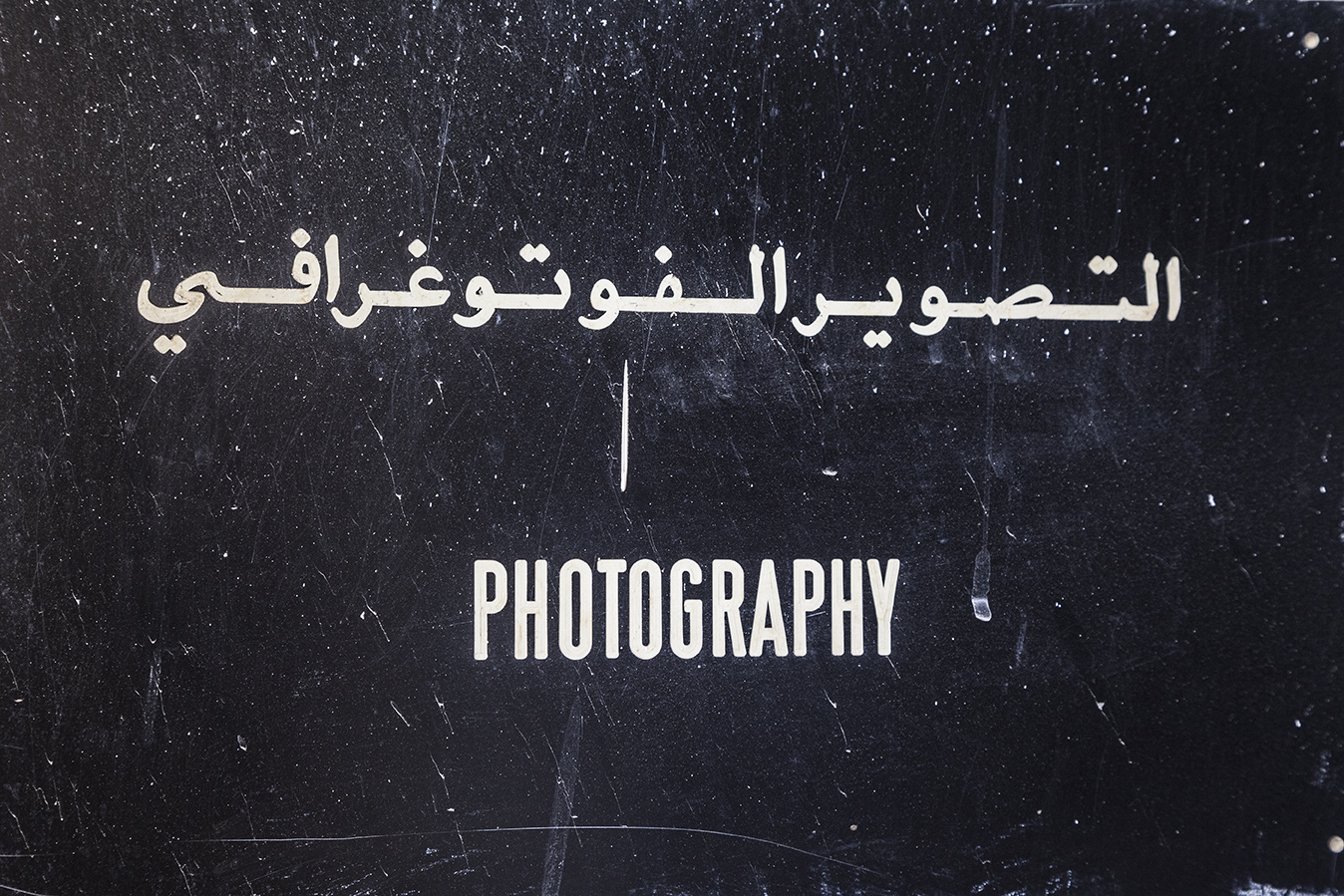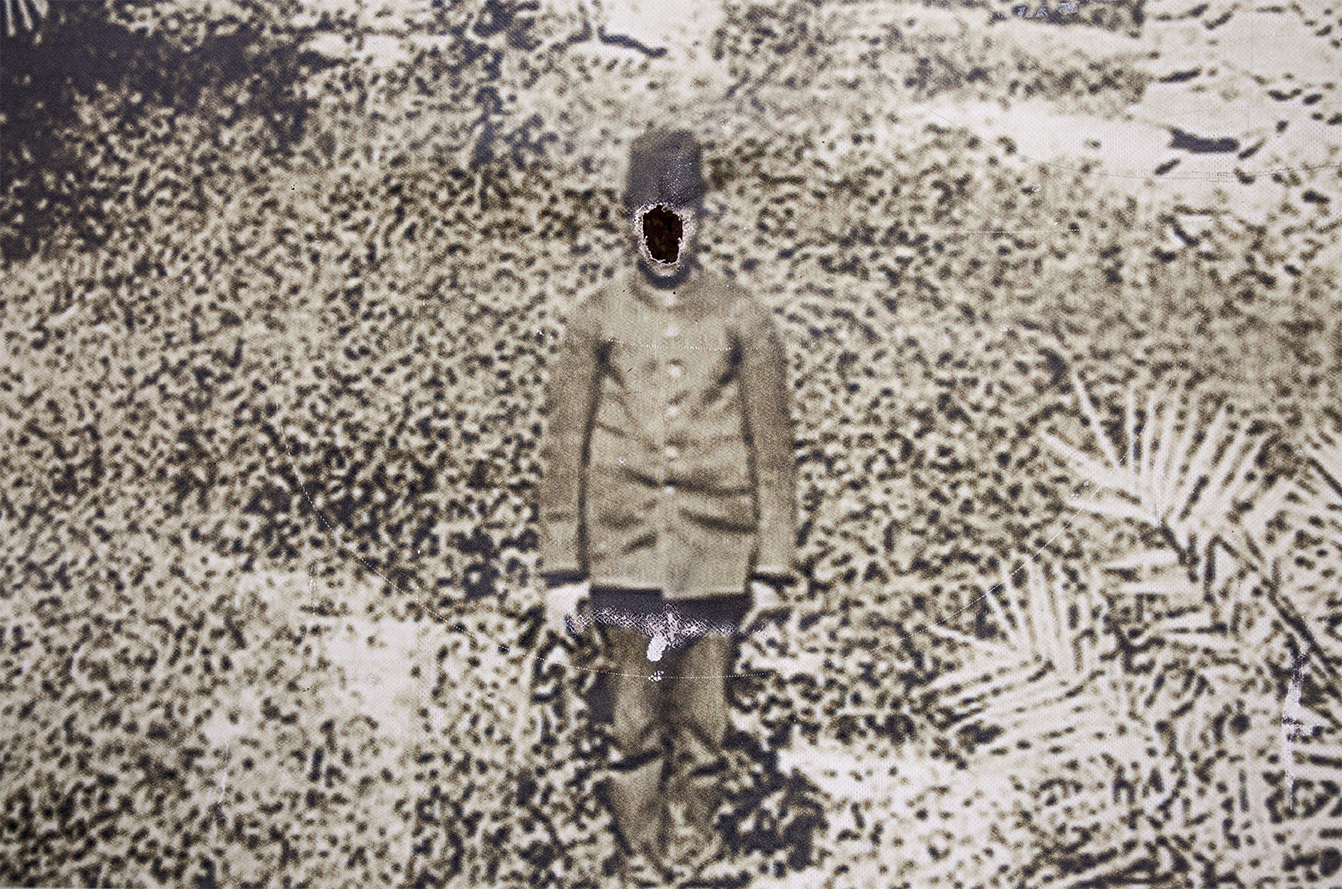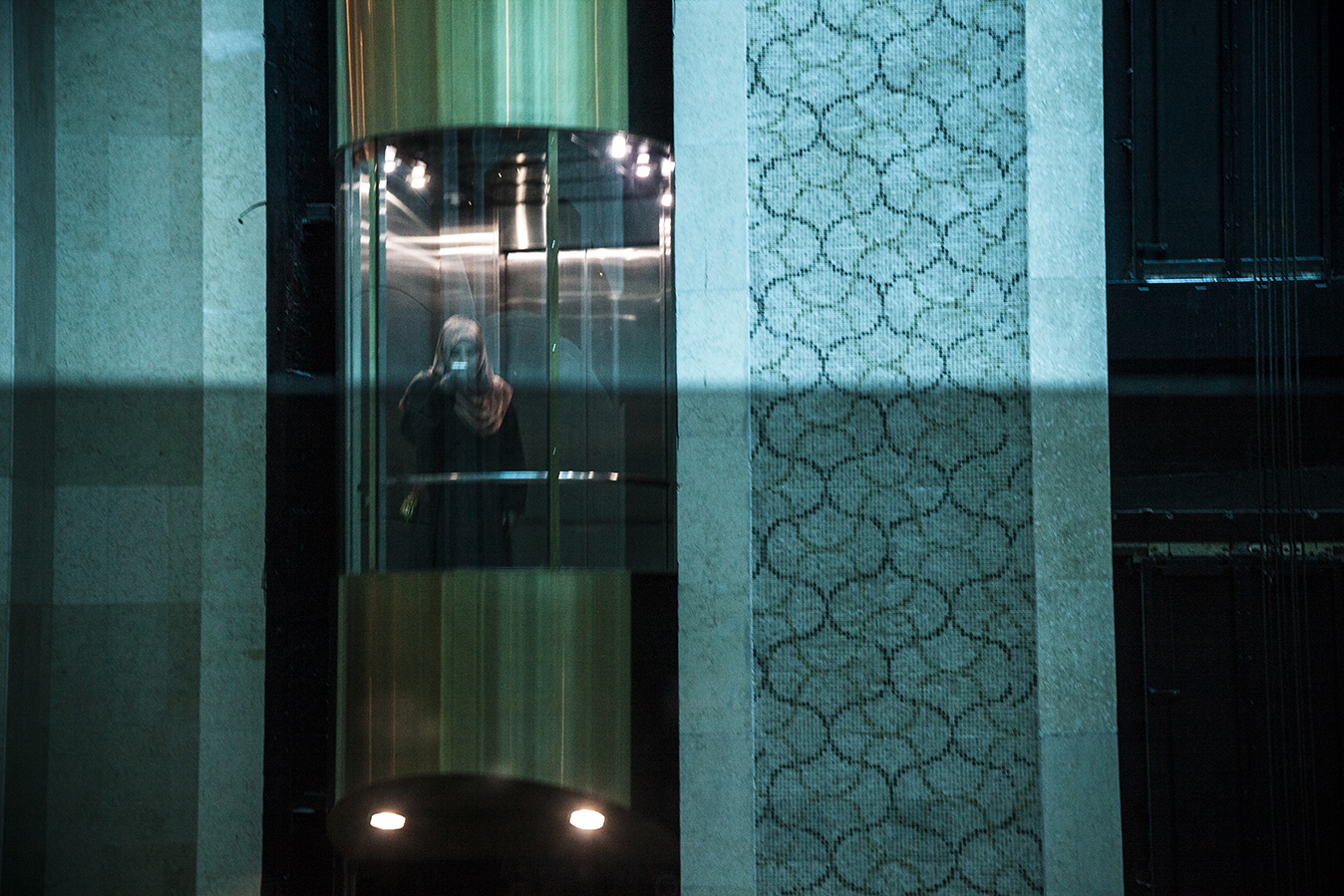The sketch of Alhazen
Abu Ali al-Hassan Ibn Haytham, better known in the west by the Latinised form Alhazen; was a scientist, mathematician, astronomer, and philosopher born in the year 965 in Basra (present-day Iraq). Living during the great expansion of Islamic Civilization he was influenced by its glorious period of scientific and artistic development. His works dedicated efforts to understanding and explaining the nature of light, optics, and visual perception. Author of Book of Optics, he mentioned the use of albeit al-muzlim which would be translated later as camera obscura.
These remote observations of light reflections - projected inside the camera obscura - would involve in the past two centuries into sophisticated camera devices that have ultimately caused massive changes in the contemporary world. The presented photo-essay attempts to ponder over the ubiquity of images produced by such light reflections - the photographic image - in the landscape.
Turning to the photographic images in contemporary urban landscapes of Arab countries; somehow, it reflects on how theseimages have crossed cultures and societies nevertheless rendering particular tensions of permissibility and interdiction within the Islamic beliefs. Moreover, The sketch of Alhazen acknowledges the visionary legacy of this Muslim scholar. Although today we assume his research on optics as exclusively a branch of science, I would rather assume that Alhazen also approached his work as a theologian: his interest in optics was motivated by his interest in vision, which in turn was fostered by the quranic emphasis in the quest of knowledge.








